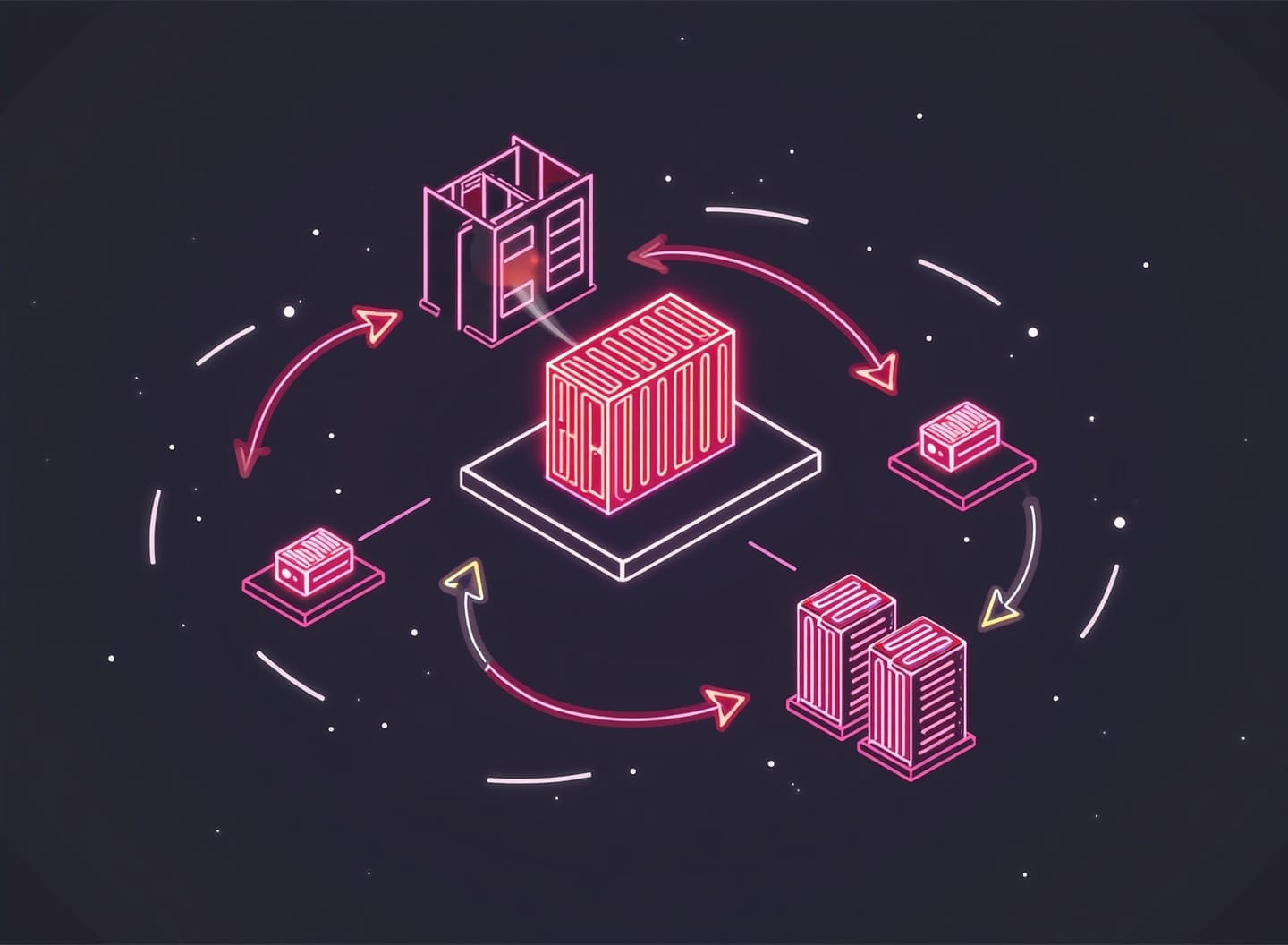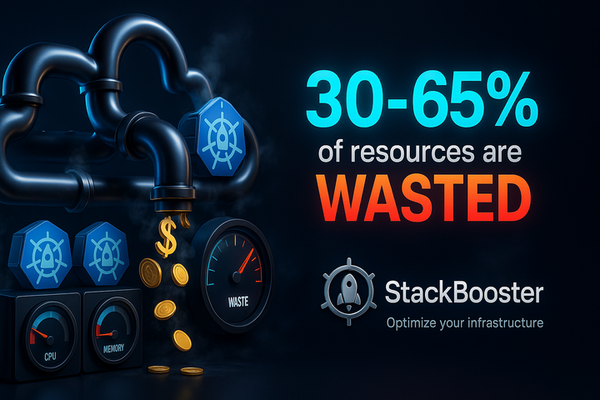Essential Strategies for Cost Efficiency: Optimizing Kubernetes and Cloud Spending
Discover essential strategies for optimizing Kubernetes and cloud spending. Learn how to reduce unnecessary costs, manage resources effectively, and ensure seamless application performance with our expert tips and tools.

Introduction:
It is essential to optimize Kubernetes and cloud expenditure in order to reduce unnecessary costs and increase efficiency. By meticulously managing resources, it is possible to achieve substantial savings while simultaneously guaranteeing the seamless operation of your applications. Businesses frequently encounter obstacles associated with unanticipated cloud expenditures, which can be effectively mitigated through the implementation of appropriate strategies.
Understanding Kubernetes Tools:

Kubernetes provides robust tools for the automated deployment, scaling, and management of containerized applications. Comprehending the utilization of these instruments can facilitate the management of cloud expenditures.
For instance, the establishment of resource limits and requests guarantees that your applications consume the appropriate quantity of resources without wasting any.
Monitoring Usage and Adjustments:

By monitoring usage and making informed adjustments, companies can achieve better performance and cost efficiency in their cloud environments. Techniques such as right-sizing clusters, using spot instances, and leveraging cloud providers’ native services are some ways to optimize costs.
Strategies for Optimizing Kubernetes and Cloud Expenditures
1. Examination of Kubernetes Resource Utilization:
Tracking metrics such as CPU, memory, and storage consumption is necessary for the analysis of resource utilization in Kubernetes. Visibility into these metrics is facilitated by tools such as Grafana and Prometheus. Administrators can identify overprovisioned or underutilized resources by comprehending the performance of Pods, Nodes, and Clusters. This data enables them to optimize resource allocation, thereby reducing costs and increasing efficiency. The identification of trends and unusual increases in resource usage is facilitated by consistent monitoring.
2. Implementation of Resource Rightsizing and Auto-Scaling:
Cost optimization necessitates auto-scaling. The Cluster Autoscaler, Vertical Pod Autoscaler (VPA), and Horizontal Pod Autoscaler (HPA) are among the features that Kubernetes provides.
• HPA: Scales the number of pod replicas based on CPU and memory usage.
• VPA: Modifies container resource requests.
• Cluster Autoscaler: Adjusts the number of nodes in the cluster in accordance with the cluster’s requirements.
The utilization of these tools guarantees that resources are in alignment with the demands of labor, thereby minimizing waste and reducing costs.
3. Cloud-Native Tools and Technologies for Cost Management:
The management of Kubernetes and cloud expenditures is facilitated by cloud-native utilities such as Stackbooster. These platforms provide real-time visibility into spending, enabling better cost allocation and budgeting.
4. Cost Optimization of Cloud Infrastructure:
Optimizing infrastructure costs necessitates selecting appropriate instance types and utilizing Reserved Instances, Spot Instances, or Savings Plans provided by cloud providers such as Azure and AWS. In order to mitigate networking and data transfer expenses, it is prudent to evaluate availability zones and regions. Assess and modify storage options, compute resources, and load balancers to align with workload specifications.
5. Overseeing Multi-Tenant Kubernetes Environments:
In order to prevent waste and guarantee equitable utilization, it is imperative to effectively manage resources in multi-tenant environments. This involves setting resource quotas and limits to prevent overprovisioning. Isolation mechanisms can also help ensure workloads don’t interfere with each other. Tools from the CNCF ecosystem like KEDA can help automate scaling of microservices, thus improving efficiency across the board.
Practical Steps to Reduce Unnecessary Cloud Expenditure
Reducing unnecessary cloud expenditures involves identifying and eliminating unused and idle resources. Set up regular audits to find instances, volumes, and snapshots that are no longer needed. Automate the shutdown of non-essential resources during off-hours. Incorporate cost anomaly detection to identify unforeseen expenditures. Continuously adjust compute resources to align with the workload. Effectively optimize costs by implementing savings strategies such as Spot Instances and Reserved Instances.
Frequently Asked Questions
What are effective strategies for optimizing Kubernetes cost efficiency?
• Implement resource limits and requests.
• Use cluster autoscaling.
• Optimize pod scheduling.
• Consider using smaller nodes for scaling workloads.
• Utilize spot instances for non-critical tasks to save costs.
• Regularly review and rightsize workloads.
How can I ensure maximum cloud resource utilization to reduce expenses?
• Monitor and analyze resource usage frequently.
• Identify and eliminate underutilized resources.
• Use horizontal pod autoscaling to match demand.
• Employ resource quotas to prevent overallocation.
• Schedule non-urgent workloads during off-peak hours.
Which tools are recommended for Kubernetes cost monitoring and optimization?
• Prometheus with custom cost metrics helps in tracking expenses.
• Cloud providers’ native tools, like AWS Cost Explorer, Azure Cost Management, and Google Cloud’s cost tools, offer valuable integrations.
What best practices should be implemented for cloud cost optimization?
• Always tag resources for cost tracking.
• Leverage Reserved Instances or Savings Plans for long-term workloads.
• Use cost alerts to stay informed.
• Implement automated cost-saving policies.
• Review and evaluate cost anomalies monthly to take actionable steps.
What techniques are available to automatically manage cloud cost allocation?
• Enable automated budgeting tools to track and limit spending.
• Utilize the policies of the cloud provider to terminate resources that are not in use.
• Set up automated scaling policies to align with resource demand.
• For team accountability, implement chargeback or showback systems.
In Kubernetes environments, how do architectural decisions influence cost optimization?
• Select the appropriate instance types in accordance with the requirements of the assignment.
• Scale effectively by employing microservices.
• Select managed services to minimize overhead.
• Utilize ephemeral resources that are less expensive by designing for failure.
• Modify the architecture to prevent superfluous data transfers.





